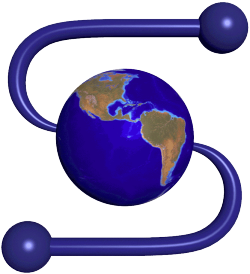
One of the basic ideas of the web is that you do not copy data to your machine, instead you keep pointers (urls) to stuff. The underlying assumption is that said pointer will remain valid in the future. When I first learned to do HTML, I clearly remember printing out the page A Beginner’s Guide to HTML written by Marc Andreessen, so I could work offline, at home. I had dialup access, but loading a web page over a modem was just to slow. As internet became faster and more prevalent, I stopped keeping paper versions of documentation, and moved on to more modern HTML features, like the ones supported by Netscape. I eventually lost the paper version.
In response to assorted requests and queries, I have written a simple “Beginner’s Guide” to writing documents in HTML. It’s up for grabs at http://www.ncsa.uiuc.edu/demoweb/html-primer.html at the moment; comments are welcome (but no complaints about my coverage or use of the IMG tag that Mosaic supports; it’s important internally).
The guide also points to a rudimentary primer on URL’s that might be of interest to Web beginners (certainly the number of people who have sent me Mosaic bug reports saying “URL ‘machine.com’ doesn’t connect to the ftp server”, etc., would seem to indicate that basic knowledge of URL’s is not yet a given on the net).
Cheers,
Marc
Finding that particular guide again was not completely trivial, so I’m now putting another mirror online here. This document confirms what I outlined in my post about image formats, that what was considered a reasonable image file in these days is not anymore. We are still struggling with the format of video data, although that subject is already touched upon in 1993. In a sense, HTML-5 is much closer to the spirit of HTML-1, with various teams trying to get something done instead of having a nice formalism.
